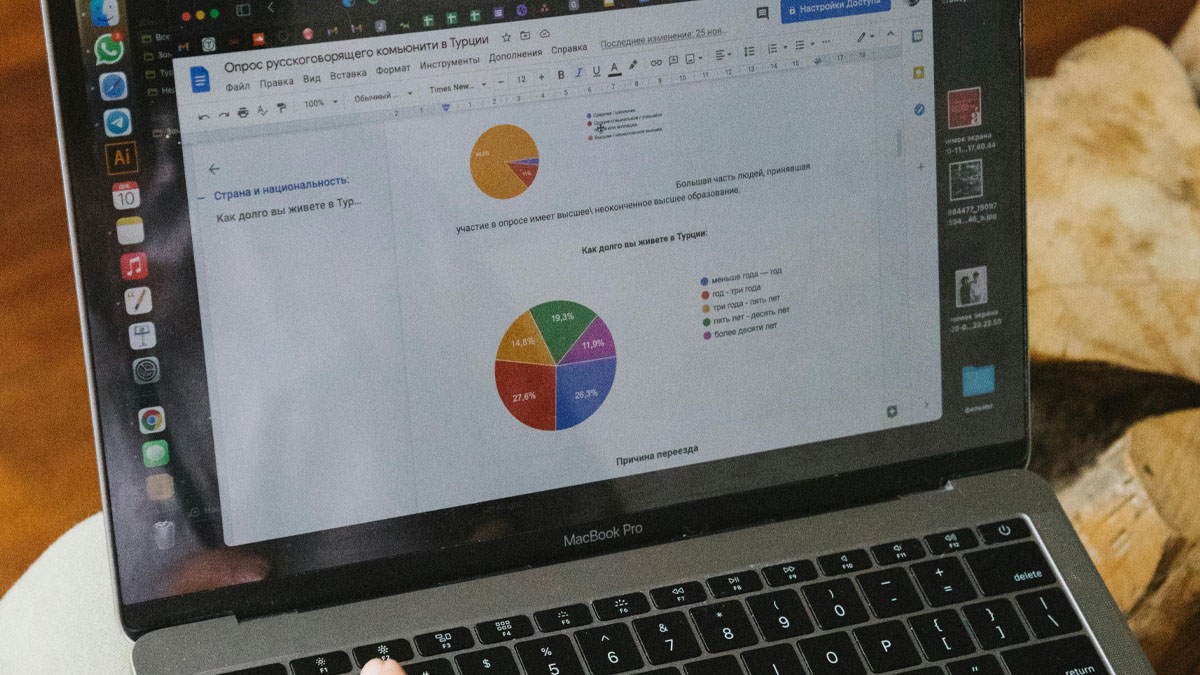Introduction
The availability of instructors and study materials is a critical factor in the success of any educational program. Whether pursuing an online degree or a traditional offline degree, students rely on these resources to enhance their learning experience and achieve academic success. This comprehensive guide examines the availability of instructors and study materials in both online and offline education, providing detailed insights to help prospective students make informed decisions.
Instructors in Online Education
Accessibility and Communication
One of the significant advantages of online education is the accessibility of instructors. Online platforms often provide multiple channels for communication, including email, discussion forums, video conferencing, and chat. This accessibility ensures that students can reach out to instructors for guidance, feedback, and support at any time.
Personalized Attention
Online programs frequently offer smaller class sizes, allowing instructors to provide more personalized attention to each student. This individualized approach can enhance the learning experience, as instructors can tailor their feedback and support to meet the specific needs of each learner.
Flexibility in Scheduling
Instructors in online programs often have flexible schedules, allowing them to be available at various times to accommodate students in different time zones or with busy schedules. This flexibility is particularly beneficial for working professionals and those with family commitments.
Expertise and Quality
Online programs attract instructors from diverse backgrounds and locations, bringing a wealth of expertise and experience to the virtual classroom. Many online instructors are industry professionals or academics with extensive experience in their fields, providing students with high-quality education and real-world insights.
Instructors in Offline Education
Face-to-Face Interaction
Traditional offline education offers the advantage of face-to-face interaction with instructors. This direct contact can facilitate immediate feedback, spontaneous discussions, and a deeper connection between students and instructors. Face-to-face interaction can also enhance understanding and retention of course material.
Availability During Office Hours
Instructors in traditional programs typically have designated office hours, during which students can seek additional help and clarification on course content. These one-on-one sessions provide valuable opportunities for personalized guidance and support.
Hands-On Guidance
For subjects that require practical, hands-on learning, offline instructors can provide direct supervision and guidance. This hands-on approach is particularly important in fields such as laboratory sciences, engineering, and fine arts, where practical skills are crucial.
Institutional Resources
Instructors in traditional settings often have access to extensive institutional resources, such as research labs, libraries, and collaborative projects. These resources can enhance the quality of instruction and provide students with additional learning opportunities.
Study Materials in Online Education
Digital Textbooks and Resources
Online programs predominantly use digital textbooks and resources, which can be easily accessed and updated. These materials are often more affordable than physical textbooks and can include interactive elements such as videos, quizzes, and simulations to enhance learning.
Online Libraries and Databases
Many online programs provide access to comprehensive online libraries and databases, allowing students to access a vast array of academic journals, research papers, and other scholarly resources. This access ensures that students have the necessary materials to support their studies and research.
Multimedia Content
The integration of multimedia content, such as videos, podcasts, and interactive simulations, is a hallmark of online education. These diverse formats cater to different learning styles and can make complex concepts more accessible and engaging.
Flexibility in Access
Study materials in online programs are available 24/7, allowing students to access content at their convenience. This flexibility is particularly beneficial for those who need to balance their studies with other commitments.
Study Materials in Offline Education
Physical Textbooks and Resources
Traditional education relies heavily on physical textbooks and printed materials. While these resources can be more expensive, many students appreciate the tactile experience of reading from a book and the ability to highlight and annotate physical pages.
Campus Libraries
Students in traditional programs have access to on-campus libraries, which offer a wealth of resources, including books, academic journals, and reference materials. Librarians can also provide valuable assistance in navigating these resources and conducting research.
Laboratory and Studio Access
For subjects that require practical experience, traditional programs provide access to laboratories, studios, and other specialized facilities. These environments are essential for hands-on learning and allow students to apply theoretical knowledge in real-world settings.
Supplementary Materials
Instructors in traditional programs often provide supplementary materials, such as lecture notes, handouts, and course packs. These materials can reinforce learning and provide additional context and information beyond the textbook.
Comparative Analysis: Online vs. Offline Availability of Instructors and Study Materials
Accessibility and Convenience
Online education offers greater accessibility and convenience regarding instructor availability and study materials. The flexibility to access resources and communicate with instructors at any time is a significant advantage for many students.
Depth of Interaction
While online education provides multiple channels for communication, the depth of interaction in traditional education can be more profound due to face-to-face contact. Immediate feedback and spontaneous discussions in a physical classroom can enhance the learning experience.
Quality and Diversity of Resources
Both online and offline education offer high-quality and diverse resources. Online programs leverage digital and multimedia content, while traditional programs provide access to physical facilities and printed materials. The choice depends on the student’s learning style and needs.
Cost Considerations
Online study materials are generally more affordable than physical textbooks, and the digital format allows for easy updates and access. Traditional education may involve higher costs for textbooks and access to physical resources.
Future Trends in Education Resources
Integration of Advanced Technologies
The future of education will see greater integration of advanced technologies, such as artificial intelligence (AI), virtual reality (VR), and augmented reality (AR). These technologies can create immersive learning experiences and provide personalized support to students.
Expansion of Open Educational Resources (OER)
The use of Open Educational Resources (OER) is expected to grow, providing free or low-cost access to high-quality educational materials. OER can democratize education by making it more accessible and affordable for all students.
Hybrid Models
Hybrid models that combine online and offline elements will become more prevalent. These models offer the flexibility of online education with the interaction and hands-on experience of traditional education, providing a balanced approach to learning.
Conclusion
The availability of instructors and study materials plays a crucial role in the effectiveness of both online and offline education. Online education offers flexibility, accessibility, and a wealth of digital resources, while traditional education provides face-to-face interaction, hands-on guidance, and access to physical facilities. The best choice depends on individual preferences, learning styles, and specific educational needs.
By understanding the strengths and challenges of each approach, students can make informed decisions that align with their goals and circumstances. As education continues to evolve, the integration of advanced technologies and hybrid models will further enhance the availability and quality of instructors and study materials.



